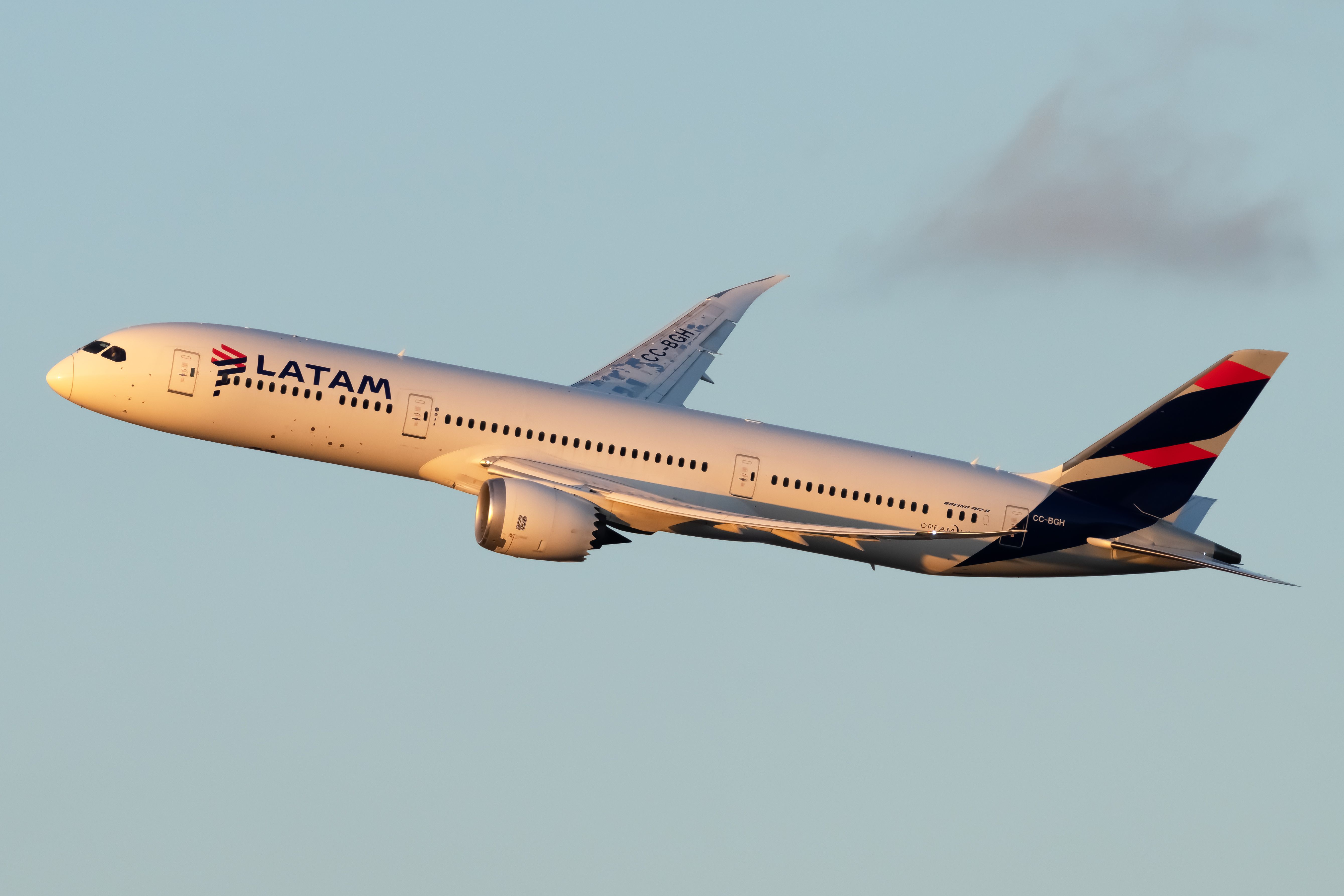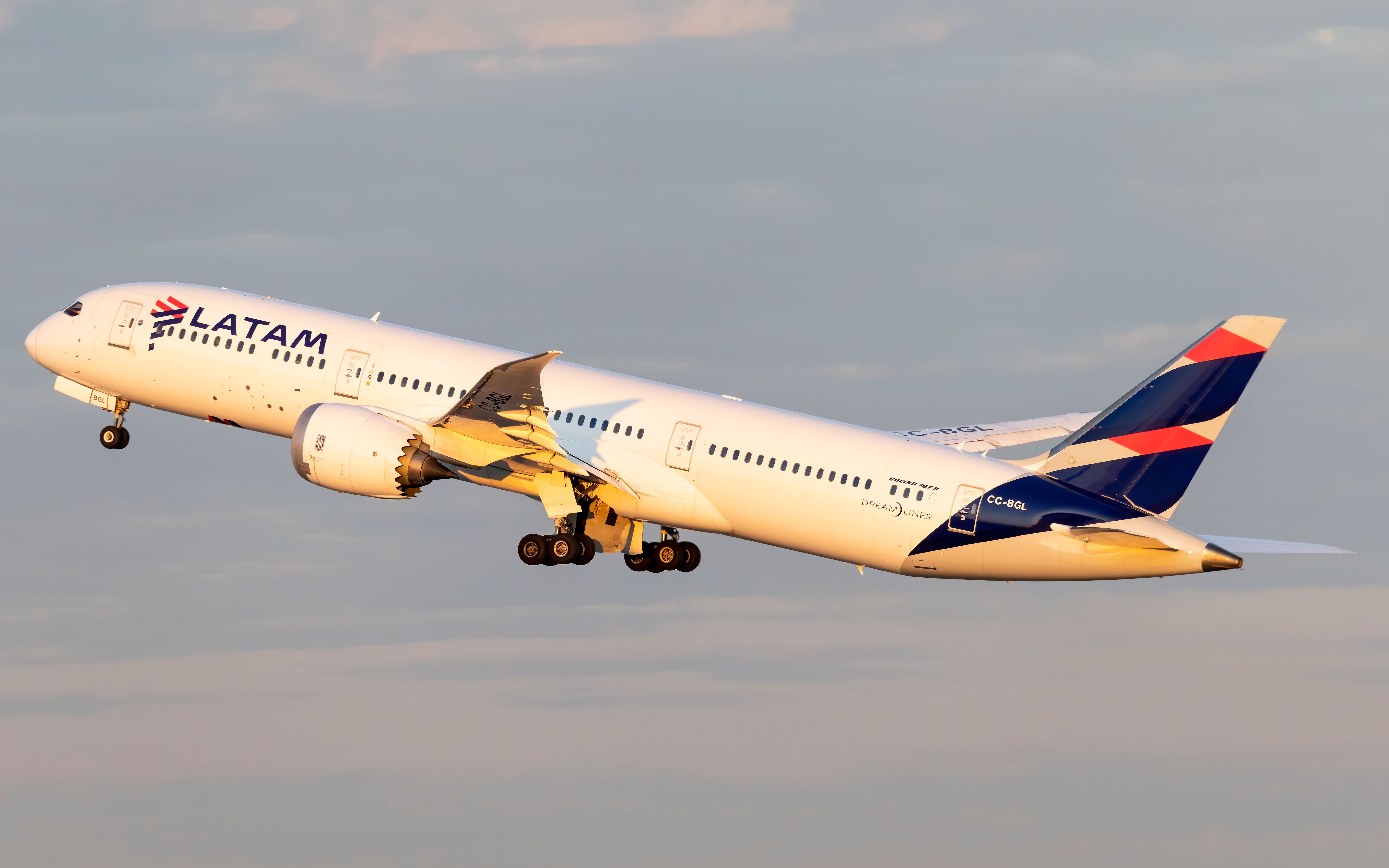Over the past few months, the worldwide aviation industry has been witnessing a solid recovery; demand and capacity have both been increasing, sometimes the former faster than the latter, causing the average ticket prices to increase vis-à-vis the pre-pandemic year. In Brazil, for instance, LATAM reported a stunning 20% increase in passenger numbers compared to 2022, with the airline flying 2.4 million customers.
2.4 million passengers and counting: LATAM's recovery in Brazil
According to the latest report released by the largest airline in South America, LATAM, the Brazilian aviation industry is witnessing a solid recovery.
Notably, LATAM reported a 16.6% increase in domestic demand, measured as Revenue Passenger Kilometres, or RPKs, followed by a 20.2% capacity increase. The latter result stems from LATAM's network expansion in the South American country, where it currently offers 55 destinations.
LATAM's latest report reads that the airline carried 2.4 million passengers on domestic flights in Brazil last month, a good 21.6% increase vis-à-vis the same month in 2022, when the airline carried 2 million passengers. Besides the increase in passenger numbers, the airline also reported a positive growth in the demand for air travel in Brazil. The airline's RPKs were indeed 17% higher than the level reported in the same month of 2022.
As a result of the increasing domestic demand, LATAM's capacity in Brazil, measured in Available Seat Kilometers, or ASKs, also increased by 20.2% in April 2023 compared to the same month in 2022. LATAM's overall load factor in the Brazilian market in April 2023 was, however, 2.4% lower compared to the same month in 2022, when it averaged 78.1%.
Aline Mafra, LATAM's Head of Sales and Marketing for the Brazilian market, underlined the carrier's more robust and more efficient positioning in 2023 compared to the previous years. Therefore, LATAM was able to invest in the growth of operations in the Brazilian market, confirmed by April's solid performance. According to Mafra, the South American carrier will continue to work on further expanding the carrier's presence in Brazil, increasing its capacity and enhancing the offer for its customers.
Get the latest aviation news straight to your inbox: Sign up for our newsletters today.
LATAM's prime role in the Brazilian aviation market
LATAM plays a fundamental role in connecting Brazil not only domestically but internationally as well.
Besides offering the most extensive domestic network in Brazil, LATAM also flies non-stop to 21 international destinations, representing Brazil's most significant international network. The international destinations are operated on 28 different routes from different airports in the country, among which one finds São Paulo Guarulhos (GRU), Rio de Janeiro Galeão (GIG), Brasília (BSB), Curitiba (CWB), Porto Alegre (POA), Florianópolis (FLN) e Fortaleza (FOR). Additionally, the carrier offers 67 connecting flights to worldwide destinations, excluding Asia.
According to the Brazilian civil aviation authority (Agência Nacional de Aviação Civil - ANAC), in 2023, LATAM will be responsible for an impressive 60% of Brazil's international passenger traffic. This is possible thanks to the continuous development of the carrier's presence in the country, including the recent introduction of the services Porto Alegre (POA) - Santiago (SCL) and Brasilia (BSB) - Lima (LIM).
Additionally, in 2023, LATAM is expected to launch more new routes from/to Brazil, including Foz do Iguaçu (IGU) - Lima (LIM), Santiago (SCL) - Melbourne (MEL), and Guarulhos (GRU)-Johannesburg (JNB). Last but not least, the South American carrier is also planning the opening of the Guaruhlos (GRU) to Los Angeles (LAX) route, which will represent the first route in the Brazilian market within the carrier's Joint Venture with Delta Air Lines.
What do you think are the reasons for LATAM's solid performance in Brazil? Let us know by clicking on the comment button below.



